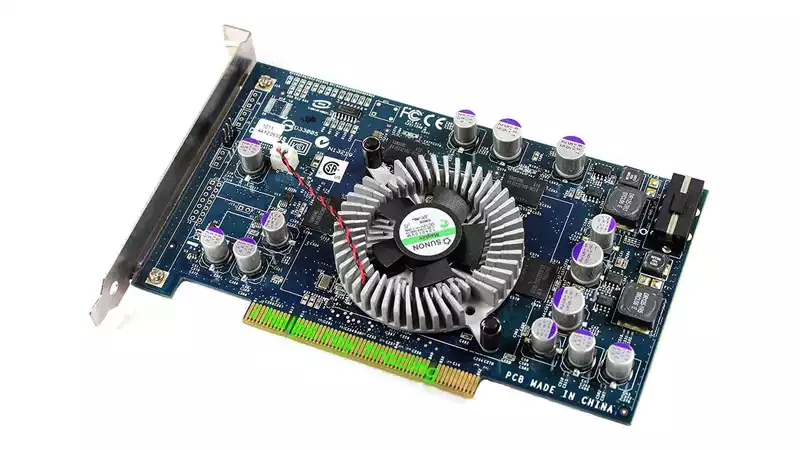Rumors circulated over the weekend that Nvidia was looking to include a second processing silicon in its upcoming Ampere GeForce graphics cards to aid in ray tracing performance. This was suggested to be the reasoning behind the strange double-sided cooler design and the way Nvidia is changing the world of real-time ray tracing in the next GPU generation.
This was honestly as likely as the company co-authoring a paper with AMD on "Why You Should Stop Playing Video Games and Go Outside." The idea of putting the traversal coprocessor on the same board as the GPU appealed to some as an elegant way to improve ray-tracing performance, while at the same time making it easier to install lower-spec chips.
There was also a desire for a standalone accelerator card for ray tracing with a tree traversal coprocessor, allowing gamers to add another PCIe device to their PC to improve RT performance, because PhysX worked so well It is.
However, as HardwareTimes notes, the idea of pulling a key cog in the game rendering engine out of the GPU seems doomed to failure The RT core, introduced with Turing, enables real-time ray tracing in games It is an accelerator designed to increase the computational speed of the Bounding Volume Hierarchy (BVH) algorithm, which is an important part of the Microsoft DirectX Raytracing implementation. This algorithm divides the 3D image into bounding boxes to facilitate sorting and processing.
The Turing RT core runs concurrently with the rest of the Turing shaders, working in parallel with the standard rasterizing pipeline and returning its own work to create the complete frame.Pulling this acceleration outside of the pipeline would add unnecessary latency as it moves in and out of the GPU's own cache.
Part of the evidence supporting the veracity of Coreteks' co-processor speculation is a patent filed in 2018 and published earlier this year, which spoke of a specific tree traversal co-processing unit (TTU) that essentially serves to accelerate ray-tracing performance .
That's fine, but the images filed in that patent clearly show that the TTU exists within the GPU, within the general processing cluster (GPC), and alongside the streaming multiprocessor (SM) within the texture processing cluster (TPC) of the chip.
Like the RT core.
None of this sounds like a dedicated co-processor that sits outside of the general Ampere GPU silicon, but more like an improved accelerator that provides 4x the ray-tracing performance of Turing. I'm not a GPU engineer, so I may be oversimplifying. [But it is also true that Nvidia patents dating back to 2015 talk about TTUs alongside SMs to accelerate ray tracing, and nothing looks like a whole new way for Nvidia to make with pseudo-photonic prettiness, at least not the way they have been working on for the past 5 years It appears to be an evolution of an architecture that has been able to do so for at least the past five years.
Still, it's fun to speculate, and I expect to find out a hell of a lot in the next three months as the high-end GPU battle between AMD and Nvidia is established.


Comments